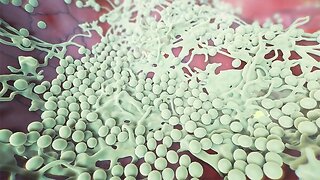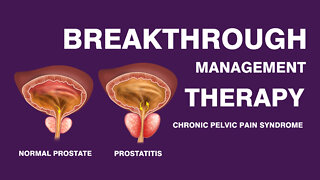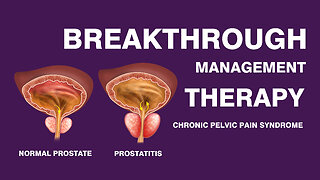How to treat pelvic inflammatory disease
#pid #pelvicinflammatorydisease #english #medical #hubetabibi
Pelvic inflammatory disease (PID) is an infection of the female reproductive organs. The pelvis is in the lower abdomen and includes the fallopian tubes, ovaries, cervix, and uterus.
According to the U.S. Department of Health and Human Services, this condition affects about 5 per cent of women in the United States.
Several different types of bacteria can cause PID, including the same bacteria that cause sexually transmitted infections (STIs) gonorrhoea, and chlamydia. What commonly occurs is that bacteria first enter the vagina and cause an infection. As time passes, this infection can move into the pelvic organs.
PID can become extremely dangerous, even life-threatening if the infection spreads to your blood. If you suspect that you may have an infection, see your doctor as soon as possible.
Risk factors for pelvic inflammatory disease
Your risk of pelvic inflammatory disease increases if you have gonorrhoea or chlamydia, or have had an STI before. However, you can develop PID without ever having an STI.
Other factors that can heighten your risk for PID include:
having sex under the age of 25
having multiple sex partners
having sex without a condom
recently having an intrauterine device (IUD) inserted
douching
having a history of pelvic inflammatory disease
-
 0:46
0:46
hubetabibi
1 year agoPID Overview
18 -
 1:24
1:24
Male Enhancement
7 months agoPelvic Floor Dysfunction: Causes, Symptoms, And Treatment
18 -
 3:54
3:54
Nucleus Medical Media
5 months agoTreating and Preventing Vaginal Yeast Infections
404 -
 2:39
2:39
NStakes
1 year ago50 Most Important Thing to Know About Gonorrhea, Its Treatment, Understanding Risks, and Prevention
12 -
 4:40
4:40
Owner
1 year agoWomen's Pelvic Floor Issues and Treatment Options
-
 55:18
55:18
Medical Medium
2 months agoUrinary Tract Infections (UTIs) & Pelvic Inflammatory Disease & The Superbugs Causing Them
24.3K22 -
 3:17
3:17
MANSMATTERS
1 year agoProstatitis Treatment: Male Chronic Pelvic Pain Syndrome Shockwave Treatment
137 -
 3:17
3:17
MANSMATTERS
1 year agoProstatitis Treatment: Male Chronic Pelvic Pain Syndrome Shockwave Treatment
65 -
 2:13
2:13
Male Enhancement
7 months agoCommon Pelvic Floor Problems And How To Address Them
21 -
 7:59
7:59
Just In Health
1 year agoTop 3 reasons for a UTI (urinary tract infection) and how to fix it!
115